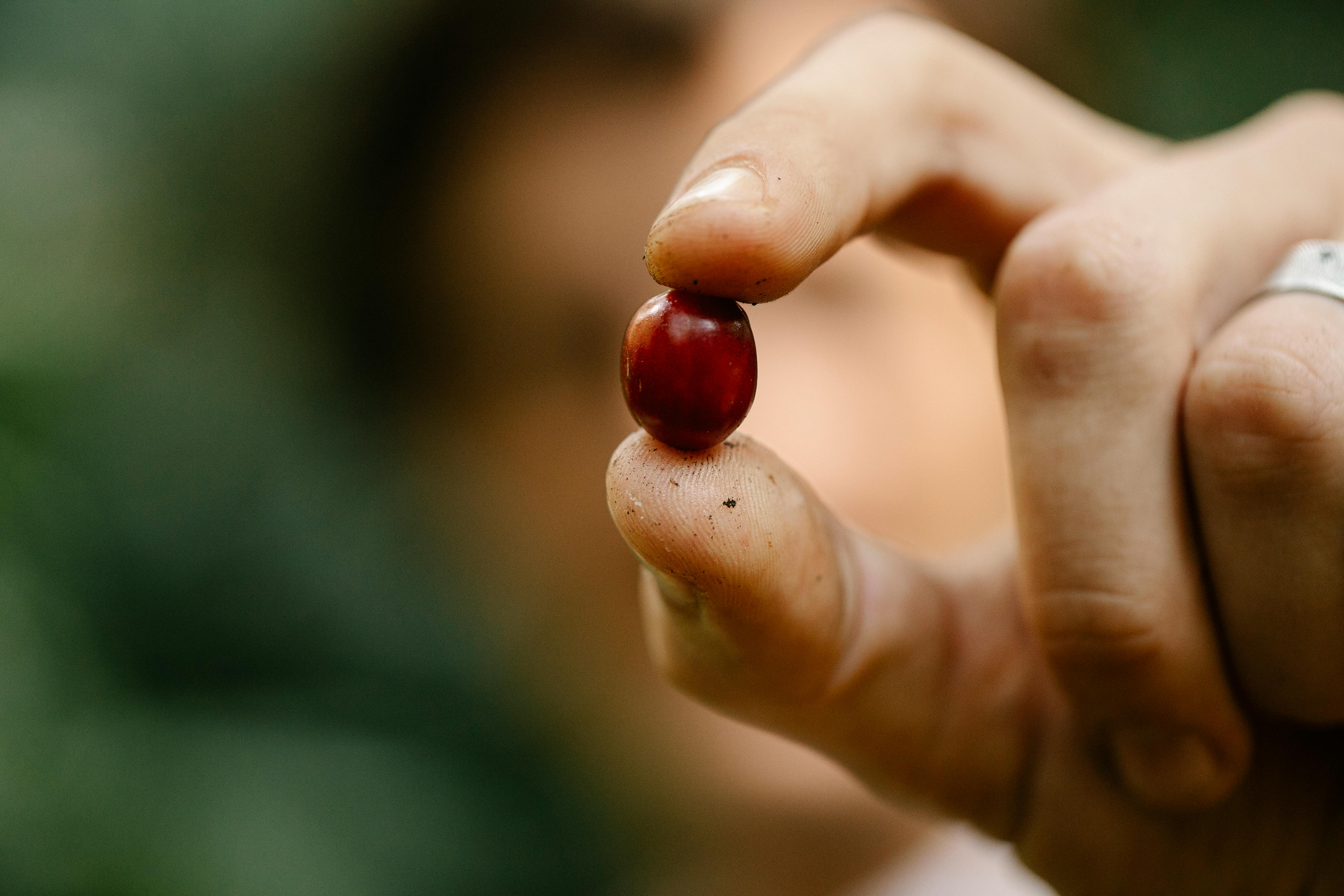Planting in a shallow planter outdoors is a great way to add life and color to your outdoor space. You can choose from a wide variety of plants that will thrive in a shallow planter, such as succulents, herbs, and flowering plants. With careful selection of plants and proper care, you can create a unique and beautiful display in your outdoor space. In this article we will discuss what to plant in a shallow planter outdoor so you can create the best planting combination for your garden.If you are looking for plants to grow in a shallow planter outdoors, consider some of the following options: succulents, herbs, small shrubs, annuals, perennials, and ground covers. Succulents such as aloe vera and sedums require little water and are ideal for shallow planters. Herbs such as thyme, oregano, and chives also require minimal watering and can be harvested frequently. Small shrubs like boxwoods are perfect for adding texture and shape to a landscape. Annuals such as petunias, zinnias, marigolds, and impatiens will provide color throughout the season. Perennials like lavender or daylilies can add height to a container garden. Finally, ground covers such as creeping thyme or stonecrop will help keep weeds away while providing a lush finish.
Suitable Plants For A Shallow Planter Outdoors
A shallow planter can be an ideal home for a variety of plants, as long as the right choices are made. Perennials and annuals are both great options, depending on the climate and the desired look. Succulents and ground cover plants are also suitable for shallow planters.
Perennial plants such as coneflowers, daylilies, coreopsis, and yarrow are great for adding color to a shallow planter. These plants can survive through several seasons if given adequate sun exposure and water. Annuals such as petunias, impatiens, marigolds, and zinnias add bright colors to the environment quickly but will die off with the first frost of winter.
Succulents such as sedums and sempervivums require minimal care but can survive in shallow planters with adequate drainage. They add interesting textures to landscapes when planted in groups or along pathways. Ground cover plants like creeping phlox, lamiums, ajuga, ivy also work well in shallow planters because they spread quickly over time without becoming overly invasive or difficult to maintain.
When planting in shallow planters outdoors make sure to choose hardy varieties that can withstand extreme temperatures and harsh weather conditions. Also keep in mind that some of these plants may require frequent trimming or pruning to keep them from overgrowing the planter space. With the right choices it is possible to create a stunning landscape filled with beautiful blooms throughout the year!
Growing Vegetables In A Shallow Planter Outdoors
Shallow planters are a great way to grow vegetables outdoors with limited space. With shallow planters, you can still achieve a great harvest of delicious and nutritious vegetables. Here are some of the best vegetables to grow in a shallow planter outdoors:
Radishes: Radishes are a great choice for shallow planters because they don’t require much soil depth. They are also fast-growing and can be harvested in just a few weeks. Radishes come in many varieties, so you can choose from different colors and shapes to add variety to your garden.
Carrots: Carrots are another vegetable that can be grown in shallow planters. Carrots need well-draining soil and full sun, but don’t require much depth for their roots to grow. The thin tapered shape of carrots makes them perfect for shallow planters as they take up less space than other root vegetables.
Beets: Beets are a delicious root vegetable with lots of flavor. Like carrots, they need well-draining soil and full sun but don’t require much soil depth for their roots to grow. Beets come in various sizes and shapes, so you can choose the variety that works best for your shallow planter.
Green Beans: Green beans are an easy-to-grow climbing vegetable that can thrive in shallow containers or raised beds. Green beans need full sun and well-draining soil, but only require about 12 inches of soil depth for their roots to reach down into the soil properly.
Tomatoes: Tomatoes are a favorite garden crop that can be easily grown in shallow containers or raised beds outdoors. Tomatoes need full sun and well-draining soil, but only require about 6 inches of soil depth for their roots to reach down into the ground properly.
Lettuce: Lettuce is an easy-to-grow leafy green vegetable that thrives in containers or raised beds outdoors. Lettuce needs full sun and well-draining soil, but only requires about 4 inches of soil depth for their roots to reach down into the ground properly.
These are just some of the many vegetables that can be grown successfully in shallow planters outdoors! With careful planning and preparation, you can create a thriving garden with plenty of delicious produce even if you have limited space available!

Utilizing A Shallow Planter Outdoors
Growing plants in a shallow planter outdoors is an effective way to maximize your garden space and easily move plants around as needed. It’s important to consider the types of plants that can survive in shallow planters, as well as the best way to ensure that they receive adequate nutrients and water. Here are some tips for growing plants in a shallow planter outdoors:
Choose The Right Plants
When selecting plants for your shallow planter, it’s important to choose those that will thrive in a shallow environment. Choose smaller varieties of annuals and perennials that don’t require deep root systems, such as lettuce, cabbage, spinach, chives, thyme, and oregano. Be sure to research the specific requirements of each plant before planting.
Use Quality Soil
When filling the planter with soil, be sure to use quality soil mix that is specifically designed for containers. This type of soil will provide adequate drainage and aeration for the roots of your plants. If necessary, add extra organic material such as compost or manure to increase nutrient levels.
Water Regularly
Due to their shallow depth, planters can dry out quickly and need regular watering during dry weather. Use a watering can or hose with a gentle shower setting to avoid washing away precious topsoil or washing out young seedlings. Monitor regularly for signs of wilting or discoloration which indicate dehydration.
Mulch To Retain Moisture
Adding mulch on top of the soil in your container helps keep moisture in and weeds out. It also provides an additional layer of insulation during cold weather. Be sure not to over-mulch though – too much mulch on top can cause roots to rot due to excess moisture.
Fertilize For Healthy Plants
Fertilizing is especially important when growing plants in containers since their limited soil depth limits access to necessary nutrients from the ground below. Use slow-release fertilizers that are designed specifically for container gardens and follow instructions carefully.</p
How To Choose The Right Soil For A Shallow Planter Outdoors
When it comes to choosing the right soil for a shallow planter outdoors, there are a few things to consider. First, it is important to understand that most soils can be used successfully in shallow planters. The type of soil chosen will depend on the plants being grown and the desired water retention.
For most shallow planters, it is best to use a light and well-draining soil mix. A good mix should contain organic matter such as compost or aged manure, as well as perlite or vermiculite for aeration and drainage. This allows for water to pass through the soil while still providing adequate nutrition for plants.
It is also important to consider the type of plants being grown in the shallow planter before selecting a soil mix. Different plants may require different types of soils in order to thrive. For example, succulents and cacti require gritty soils with excellent drainage, while vegetables and herbs may need more moisture-retentive soils.
When choosing a shallow planter soil mix, it is also important to select one that is pH balanced. This will ensure that your plants get all the essential nutrients they need for healthy growth. Generally, soils with a pH between 6 and 7 are best for most plants. If you are unsure about your soil’s pH level, you can easily test it using kits available at gardening stores or online.
Finally, when selecting soil for a shallow planter outdoors, make sure that it is free of pests and diseases such as fungi or nematodes which can damage delicate root systems. It is also important to check that there are no weeds present in the mix which could spread throughout your garden beds or flower beds over time.
With these factors in mind, you should be able to choose the right soil for your shallow planter outdoors with confidence!
Planting in a Shallow Planter
Shallow planters are a great way to add interest to any outdoor space. They can be used for flowers, herbs, and even vegetables. Planting in shallow planters is easy and requires less soil and effort than planting in a deeper pot or garden bed.
When choosing plants for your shallow planter, look for plants that don’t need as much soil depth such as succulents, herbs, or annuals. Make sure the plants you choose will have enough room to grow since shallow planters don’t have as much depth as traditional pots or garden beds.
Once you have chosen your plants, it’s time to prep the soil. You want to use a light and well-draining potting mix that won’t compact too easily when watered. Make sure there are also plenty of drainage holes at the bottom of the planter so excess water can drain away.
Caring for Plants in a Shallow Planter
Caring for plants in a shallow planter is similar to caring for any other potted plant – you want to make sure they have enough water and sunlight. Water your plants when the top inch of soil feels dry – this is usually once every few days during the growing season. Make sure not to over-water as shallow planters can become waterlogged quickly and damage the roots of your plants.
You also want to make sure your plants get enough sunlight – most plants will need four or five hours per day but some may need more or less depending on their specific needs. If you’re unsure how much sun your plants need, check the label on the plant or do some research online about its specific requirements.
Finally, fertilizing is key for healthy plants in any container – including shallow planters! Use an organic fertilizer every couple of weeks during the growing season to give your plants an extra boost of nutrients and help them stay healthy all summer long!

Conclusion
Overall, planting in shallow planters outdoors is a great way to add some greenery and color to your home. The best plants are those that can tolerate the sun and heat, as well as those that don’t require too much maintenance. Succulents, herbs, and other low-maintenance plants are great options for these types of planters. Additionally, be sure to select plants that won’t outgrow the planter so you don’t have to worry about replanting or pruning regularly. With a bit of planning and the right selection of plants, you can have a beautiful outdoor garden with shallow planters.
Happy planting!

